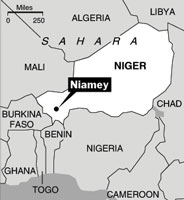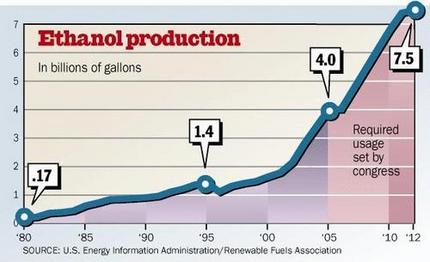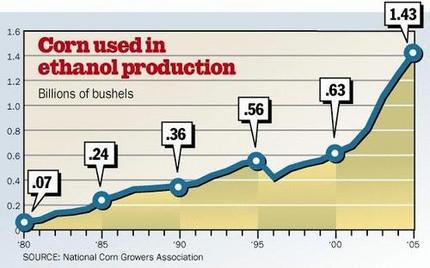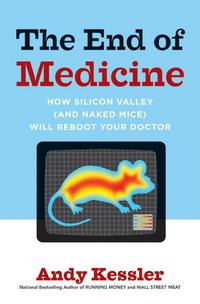 Millet in bowl. Source of photo: online version of the NYT article cited below.
Millet in bowl. Source of photo: online version of the NYT article cited below.
NIAMEY, Niger, Sept. 21 – The images coming out of this impoverished, West African nation have been unrelentingly grim: hungry children with stick-thin arms and swollen bellies, mothers carrying babies hundreds of miles to look for food after a poor harvest and high prices put local staples out of reach. A few months ago, those images prompted a torrent of food aid from Western donors.
But now, after a season of good rains, Niger’s farmers are producing a bumper crop of millet, the national staple. This should be a cause for rejoicing, yet in one of the twists that mark life in the world’s poorest countries, the aid that was intended to save lives could ruin the harvest for many of Niger’s farmers by driving down prices.
The newly harvested millet and the donated food will reach market stalls at the same time, and with prices depressed, poor farming families may be forced to sell crops normally set aside for their own use and use the money to pay off debts. The effect would be a new cycle of hunger and poverty.
For the full story, see:
 Source of map: online version of the NYT article cited above.
Source of map: online version of the NYT article cited above.

 Michelle Bachelet. Souce of photo: online version of the NYT article cited below.
Michelle Bachelet. Souce of photo: online version of the NYT article cited below.



 Connecticut hedge-fund trader, and malaria-fighting activist and philanthropist. Source of image: online version of the WSJ article cited below.
Connecticut hedge-fund trader, and malaria-fighting activist and philanthropist. Source of image: online version of the WSJ article cited below.
 Source of graphic: online version of the NYT article cited below.
Source of graphic: online version of the NYT article cited below.